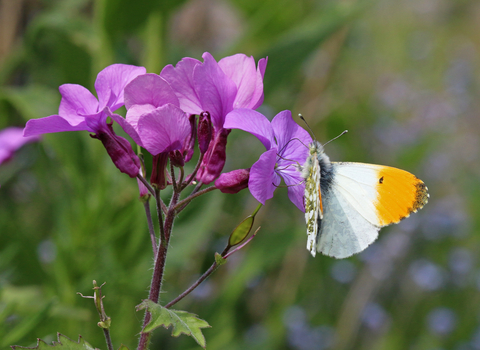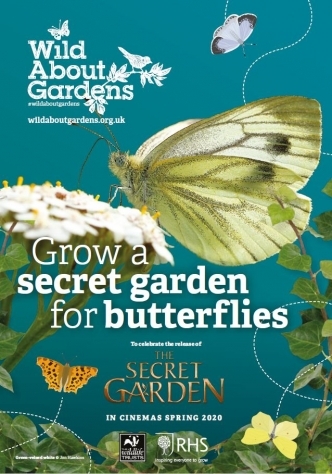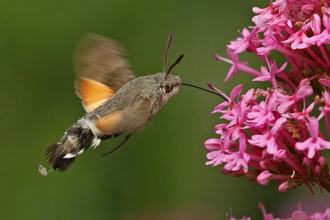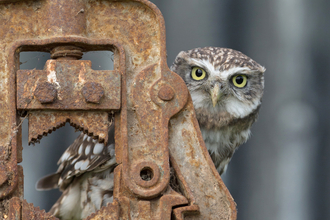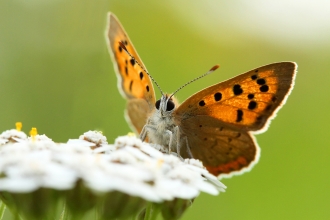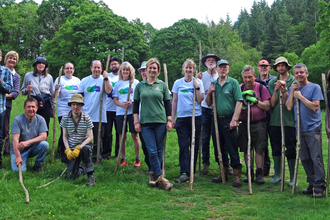Butterflies are one our most beloved insects. These fluttering insects never fail to win the hears of gardeners and wildlife-spotters alike. As well being beautiful creatures, they're also great pollinators, their furry bodies transferring pollen from flower to flower as they flit from nectar source to nectar source.
We might not like to think about it but butterflies also play an important role in the foodchain - from the millions of caterpillars that are food for baby birds to the adults themselves that feed dragonflies, birds and more.
Of course, gardening for butterflies also means that we get the beauty of the flowers that they love to feed on. Don't forget, though, that caterpillars need a range of plants too and if you don't want them munching on your prize cabbages, perhaps you might like to think about providing them with an alternative dinner plate such as nasturtiums or marigolds.
Your free to download grow a secret garden for butterflies booklet is packed with information about our fluttery friends and advice on how to help them on your patch, with tips about which flowers to plant and how to provide shelter for them too.
Want to know more about some of Worcestershire's butterflies? Our colleague Ion looks a little closer at their lifecycle, some of the species and how you can help where you live...
Fed up with caterpillars munching your veggies? Why not try some companion planting? Wendy tells us more about the large white caterpillars in her garden...
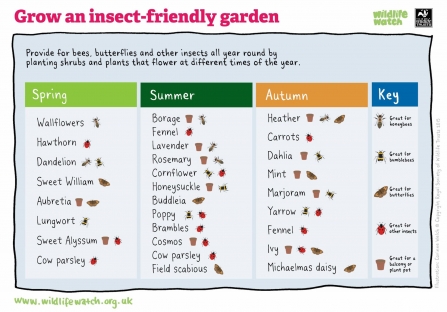
There are plenty of plants that are loved by butterflies (and their caterpillars). Butterflies can be on the wing as early as January, if we get a mild sunny day, and often fly well into autumn so try to have as many plants in flower for as long as possible as well as resisting the urge to sweep the leaves and tidy everything away during winter - caterpillars will hunker down in leaf litter and butterflies may be hiding amongst the ivy.

